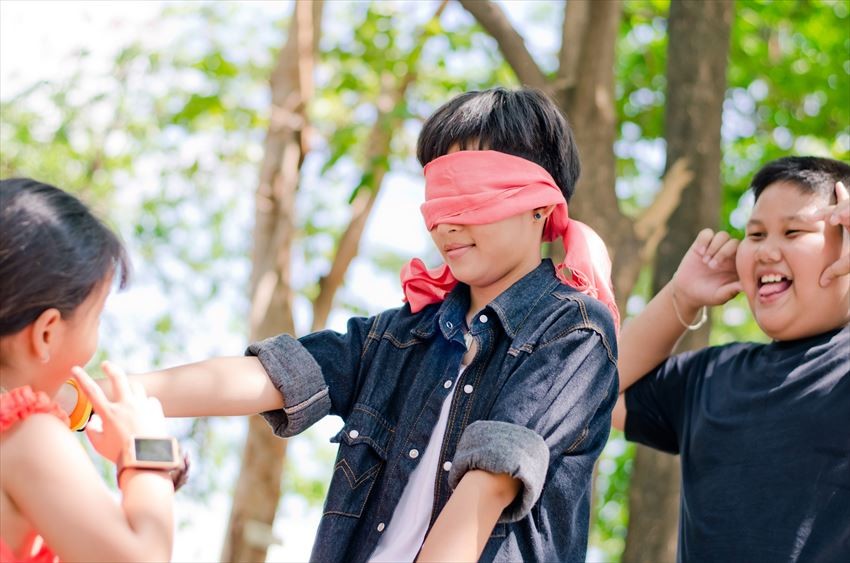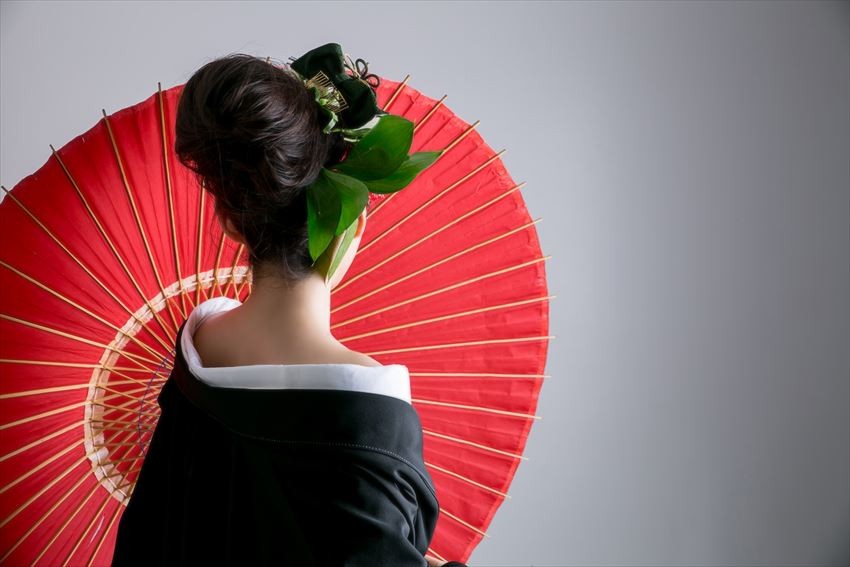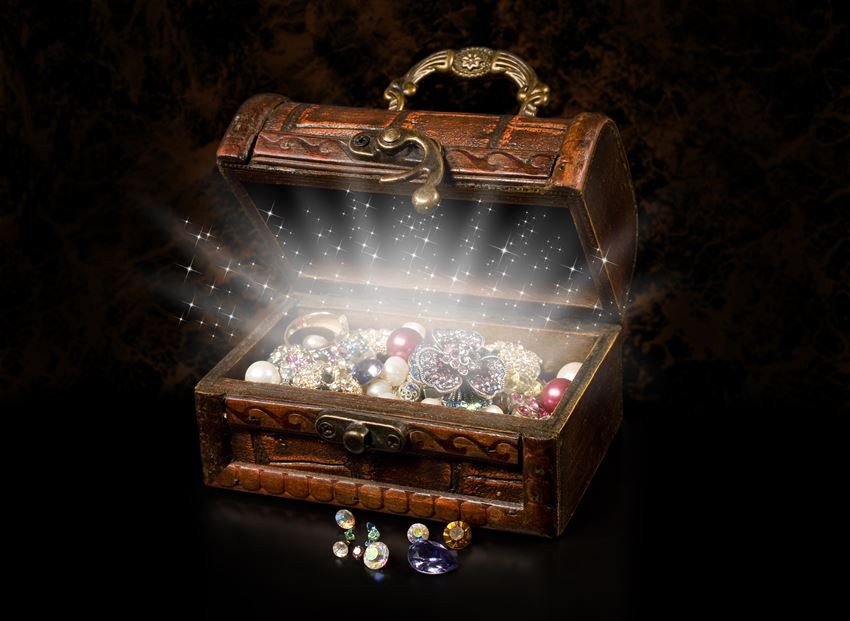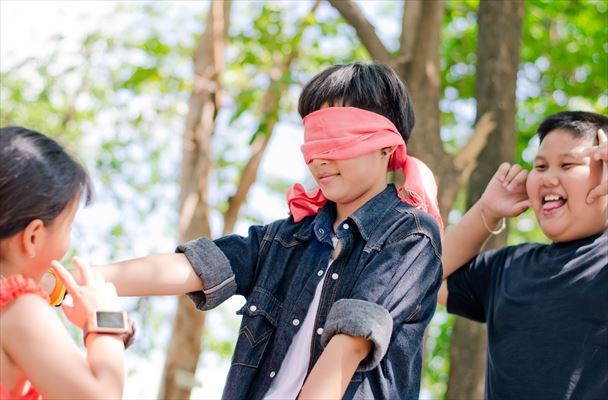
Nursery Rhymes, or Warabeuta (わらべ歌) in Japanese, are used for more than just for children to play, it subtly influences the children to believe in certain tales or passes down hidden messages as a mere song. To celebrate the Shichi-Go-San festival for the children, today we will delve into the mystery of Warabeuta: starting with Kagome-kagome!
The Mystery of Warabeuta
Many nursery rhymes are made during the dark time. Japanese nursery rhymes are not different; some have deeper meanings or dark origins that would make you wonder if it is okay to let the children sing them…
Kagome-Kagome

Or かごめかごめ in Japanese. Kagome-kagome is played like “Ring around the rosy”, having many people holding hand in circle. However, the difference is that in Kagome-kagome, one person would sit in the middle with eye closed. When the song ends the person must guess the one standing right behind him or her, like “guess who”. The lyrics have many variations, but all of them are still a puzzle.
かごめかごめ 籠の中の鳥は いついつ出やる 夜明けの晩に 鶴と亀と滑った 後ろの正面だあれ?
Kagome kagome, kago no naka no tori wa, itsu itsu deyaru, yoake no ban ni, tsuru to kame to subetta, ushiro no shoumen wa daare?
The meaning: Direct translation
Kagome Kagome, the bird in cage, when will be let out, at the evening of dawn, crane and turtle slip, who is the one behind?
The normal meaning: surround the Oni

Kagome-Kagome is always written in Hiragana, and the lyrics have no punctuation to separate the sentence, so it is open for interpretation. Kagome could come from 囲め (kakome: to surround, or more like [surround him!]), and “tori” could be a soft version of “oni” or the person being “it” in the game. [Yoake no ban ni] could mean the inability to see the light, hence the oni is blindfolded or closes the eyes in the game. Or it may be an altered version of [Yoake no bannin] (番人: guards), which points to everyone else, including the crane and the turtle. However, they slipped, giving the oni a chance to escape. The catch is, the blind oni must also distract the guard who is directly behind him in order to escape, so he must guess correctly who that person is.
The hidden meaning 1: The Sad Tale of Women

In this variation, the bird is loosely translated as a woman. Just like red light district where the women (bird) would sit in the showroom (cage), waiting to be chosen by men, hoping that one of them would buy them out of the brothel. Such a hope would never be real, like where the dusk and dawn would never collide. As for crane and turtle, you can guess, are men’s private parts. And the one behind are of course, [who is the next in line?]
The hidden meaning 2: Beware of Mysterious Assailant

The lyrics in this one is just like the previous but talked about pregnant woman (it is spelled as 籠女, while bird in the cage = baby in the stomach) instead. The [yaru] in [Itsu Itsu deyaru] can also mean [to kill] instead of [to let]. When a crane and a turtle (symbols of fortune) slip, it means the end of fortune, which is interpreted as miscarriage by someone who pushed the mother downstairs, and [who is behind] was meant to find the culprit.
The hidden meaning 3: Teaching about the spiritual world

Some believe that the [bird in the cage] means the [spiritual body trapped inside the physical body]. As for the rest, it goes like this: [when will be let out] = [When will you realize that the body is not yours], [Crane and Turtle slipped] = [When Yin and Yang is in unison] (the realization), [Who is the one behind?] is the physical body of oneself.
The hidden meaning 4: Hidden Treasure!

It is rumored that Tokugawa family had hid a treasure somewhere, but no map has been found so far. By the end of Edo era, the song was spread among the commoners, the puzzling lyrics of Kagome-kagome was then believed to be a hint to the hidden treasure of Tokugawa! The part about Crane and Turtle was found to be a decoration at Nikko Toshogu Shrine (日光東照宮), but the rest are still a myth… can you solve the riddle and find the lost treasure?
Hang in tie, we still have more warabeuta to study, include the one mentioned in the previous article; Tooryanse!

Comments